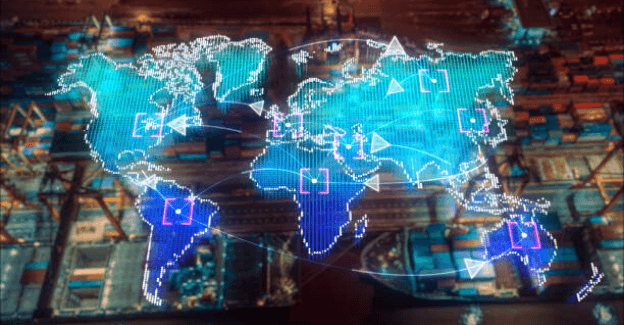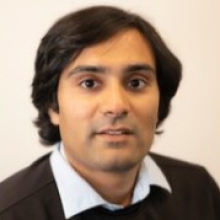The COVID-19 pandemic has exposed the vulnerability of the global supply chain. Precisely when the capabilities of international, interconnected trade mechanisms were supposed to kick into high gear, producers found themselves desperate for supplies while store shelves lacked essential goods. The global supply chain didn’t rise to the occasion. Now, it’s important to examine why.
Bulk Order Bottlenecks
Much of the blame can be traced back to large bulk orders. When chaos erupts within global supply chains, it becomes harder to push bulk orders through existing bottlenecks. When there’s a pre-existing inventory pileup as well as unmet back orders, an onslaught of new orders only exacerbates the problem. By default, waiting in the queue slows down the delivery of critical supplies and extends lead times for producing more. Think of bulk orders as clogs in the supply chain tube. They hold back the speed and flexibility necessary for crisis response.
These large orders also tie up cash, which takes longer than usual to convert even for in-demand products. When these supply chains span continents, the risk of on-time, in-full delivery failure also increases. As many suppliers learned over the past 12 months, having bulk orders in the pipeline made it difficult to pivot because so much of their cash was tied up in material flow that couldn’t run its natural time-lapse along its regular value stream.
Essentially, bulk orders hold suppliers back, especially in times of crisis. Smaller, more frequent deliveries can help manage risk, buffers and lead times more efficiently.
Moving Toward Smaller, Faster Deliveries
Tesla recently acquired the rights to a 10,000-acre site in Nevada where it plans to extract metal domestically rather than importing it. The automaker also intends to build a lithium refinery in Texas to further consolidate its supply chain on U.S. soil. Tesla hopes to lower battery costs this way, and it won’t be the only company to bring more of its footprint within a smaller radius.
With faster deliveries over shorter distances, producers can accelerate the buildup of free cash flow. That’s because inventory buffers shrink to sustainable levels where the items can be refilled just in time. Lead times also improve, especially when manufacturers start localizing the suppliers.
As supply chains shrink, the benefits extend to producers and their suppliers. Suppliers are encouraged to make to order instead of make to stock, which allows them to have more cash available to hire quality talent, make necessary capital purchases, undergo maintenance or sit in reserve. More frequent deliveries also allow suppliers to tweak their product mix to make better margins on the volume they’re selling.
Unlocking Delivery Agility With AI
Drastically increasing delivery volume just wasn’t feasible in the past. The scale of the variables involved made it impossibly complex and difficult to manage, but that was before the advent and proliferation of artificial intelligence (AI).
AI takes what humans can do and elevates that to a scale beyond human capacity. It performs responsively and consistently for an extended period at high speeds. A holistic AI solution can quickly determine the product mix and thus replan the ideal logistics network of deliveries.
In all fairness, a single factory managing two to three raw material inputs and four finished products may not need AI. But when talking about suppliers handling thousands of SKUs across dozens of factories and external warehouses, no human team would be capable of reorienting the entire company’s supply chain based on customer demand within weeks. This is where AI’s power becomes a competitive advantage and ultimately helps grab market share at scale.
Being more responsive and predicting demand is one of the mainstays of AI. There are also gains in terms of reducing spoilage, improving quality and maximizing for flow instead of maximizing for asset utilization. The advent of internet-connected devices makes it possible to collect data at microscopic points throughout the supply chain that AI can then use to optimize processes and uncover insights throughout.
Tomorrow’s AI-Driven Supply Chain
One can’t overstate the applications for and impact of AI in the supply chain. It can create the most seamless, resilient and efficient supply chain ever — one that works optimally in the face of any obstacle.
AI can leverage data to model the end-to-end supply chain. Once models can support global views of the supply chain, suppliers can enable unilateral and consistent flow throughout the system, ultimately requiring every part of the supply chain to only produce to sustain the global flow rate. This will shift focus from maximizing asset utilization to never missing customer demand.
Tomorrow’s AI-driven supply chain is more sustainable for financiers, operations and customers alike. AI can enable a scenario where all stakeholders of the global supply chain focus on getting material to the customer faster and in unison to accelerate the payment in the reverse direction, not focusing on costs and optimizing for price in local markets.
Best of all, these capabilities aren’t theoretical or in the early stages of development. AI has reached maturity, and it’s ready to be deployed from one end of the supply chain to the other. Manufacturing and delivery as we know it will never be the same.









